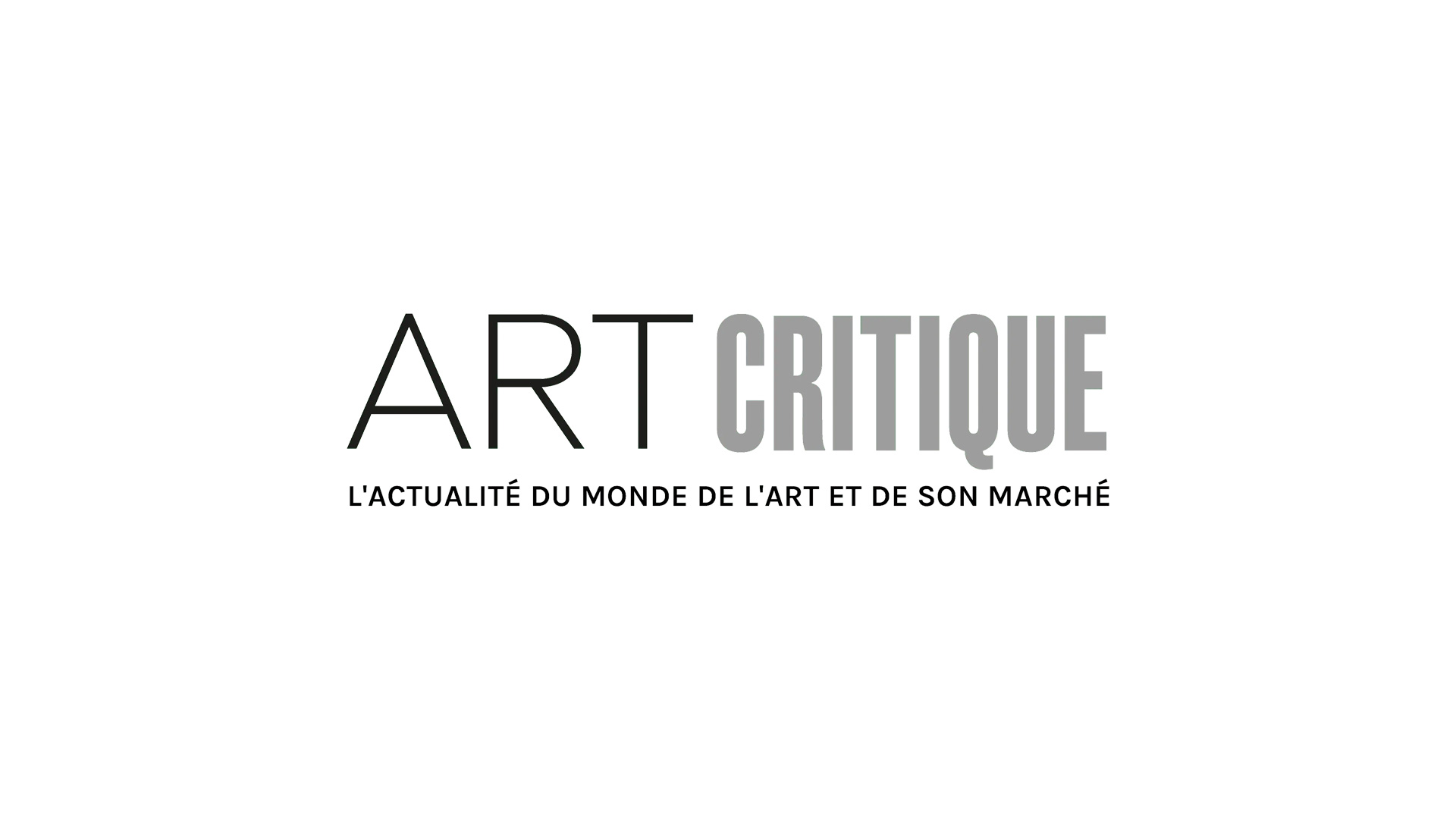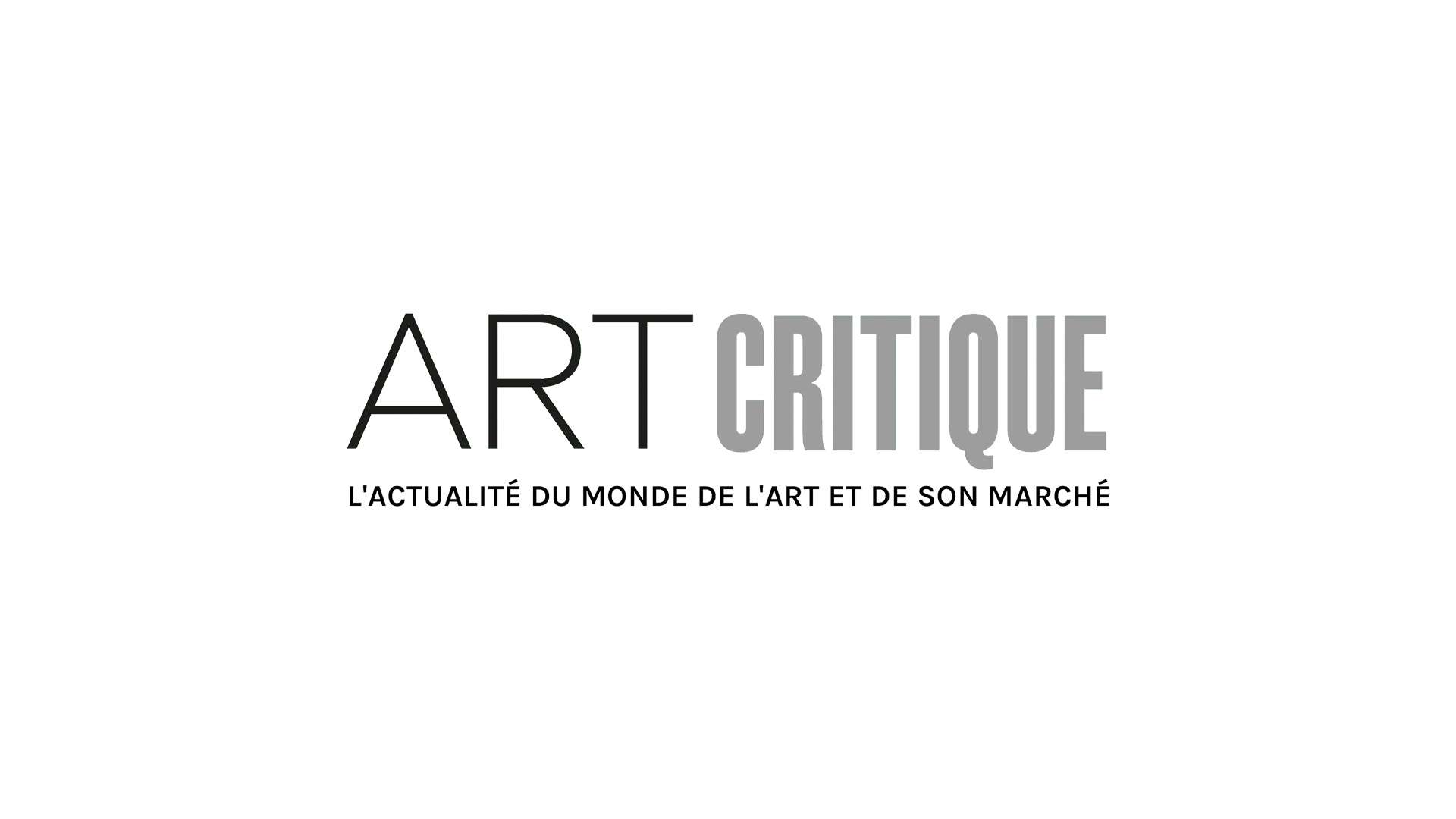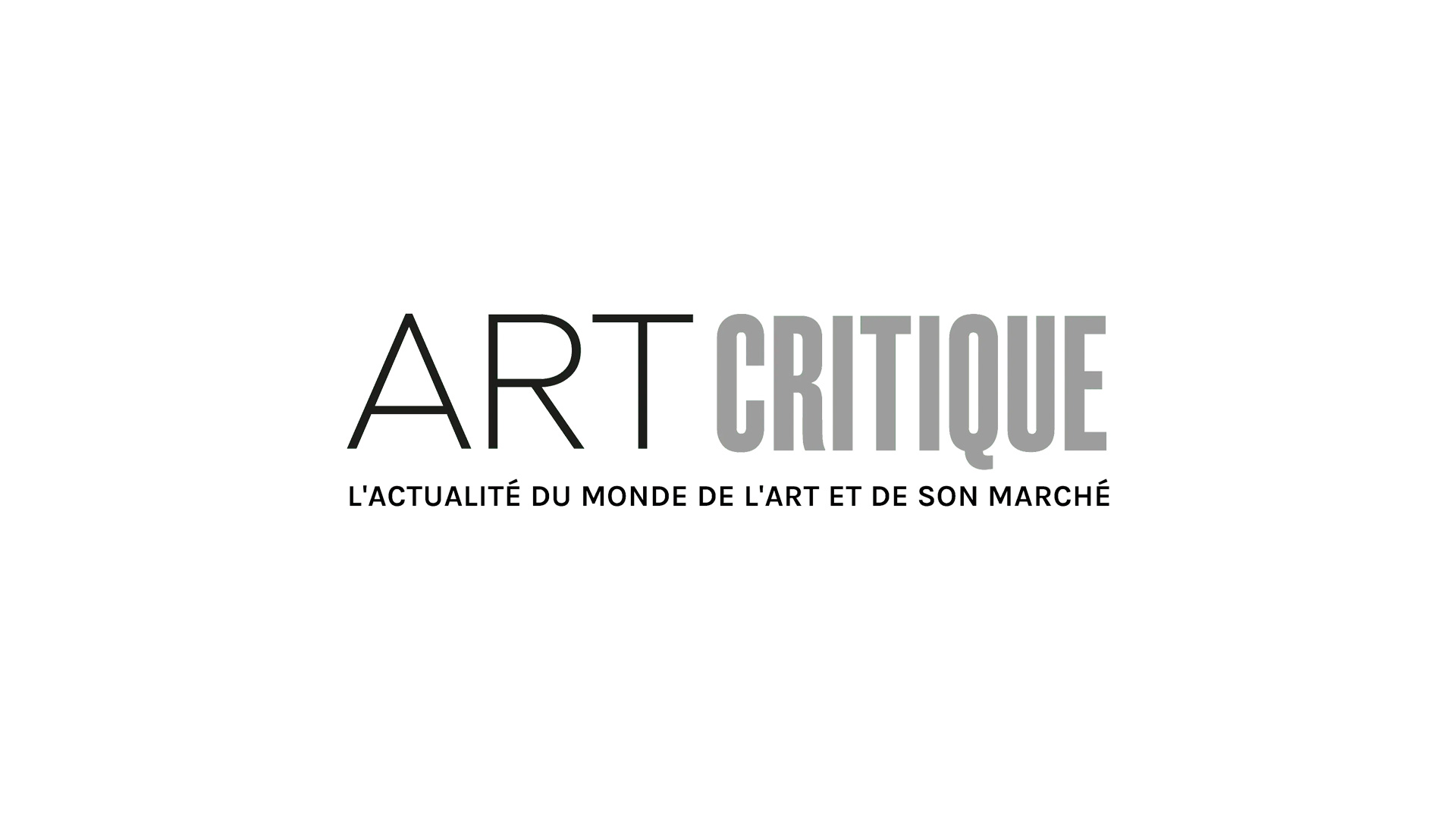In 2015 the plans for Hong Kong’s extension of the French International School (FIS) campus were revealed. Designed by Henning Larsen architects, the new, 19,600-square meter complex was completed recently in September. The facade of the building, located in the city’s Tseung Kwan O district, bears a grid of 627 multi-colored, kaleidoscope-like ceramic tiles offering onlookers hints towards the building’s educational purposes.

Often described as the ‘Master of Light’, Henning Larsen established his architecture practice in Denmark nearly 80 years ago. The architecture firm has since expanded to multiple countries while focusing on the same values of Scandinavian design traditions, sustainability, and vibrant creations. The new FIS covers all the bases that Larsen worked to establish.
The new FIS is able to hold 1,100 individuals and will house primary through secondary school students. Class spaces, called villas which now accommodate 125 students of the same age group, were the architect’s rethinking of the traditional layout of classrooms. Pushing the boundaries of the classroom resulted in open concept spaces that not only make it easier to assemble hundreds of students at once but promotes collaboration according to Claude Godefroy, Design Director, and Partner at Henning Larsen Hong Kong. The open, less divided space reflects the multicultural qualities of the student body and reflects the vibrant nature of the school which represents 40 nationalities and teaches student five different languages.

Vibrant colors fill the atrium of the building adding to the student-friendly atmosphere. However, the school will act as more than an academic institution. The ground floor facilities including the gymnasium, exhibition areas, canteen, and playground can be opened to the public allowing for school operations on evenings and weekends. The school thus becomes a ‘beacon for French culture’ for the community.
In addition to vibrant colors and beautifully crafted spaces, the FIS is highly green and sustainable. Godefroy states:
‘With its wide array of sustainable measures, ranging from the choice of materials to the many passive designs to economize energy and ensure great daylight, to the way the school is able to share spaces with the surrounding community, the new campus of FIS offers lessons in sustainable architecture for pupils and local builders.’
The campus is also quite literally green as it boasts a 550-square meter botanical garden of plants native to South China, multi-story hanging gardens, a perimeter fence adorned with plants, and 42 trees. The FIS becomes an oasis amongst the extensive spans of concrete that make up urban Hong Kong.

Strategically positioned, the FIS takes in ample amounts of daylight throughout the building. All class rooms face North or South in order to avoid the intensity of the low sun from East to West. A deep brise-soleil adorns the façade of the building meaning that additional curtains or blinds are not needed and clearer glasses are used throughout creating a less obstructed transition between inside and out.
The new FIS building is an exciting example of contemporary, sustainable architectural design that will undoubtedly inspire students, teachers, families, and community members alike.





